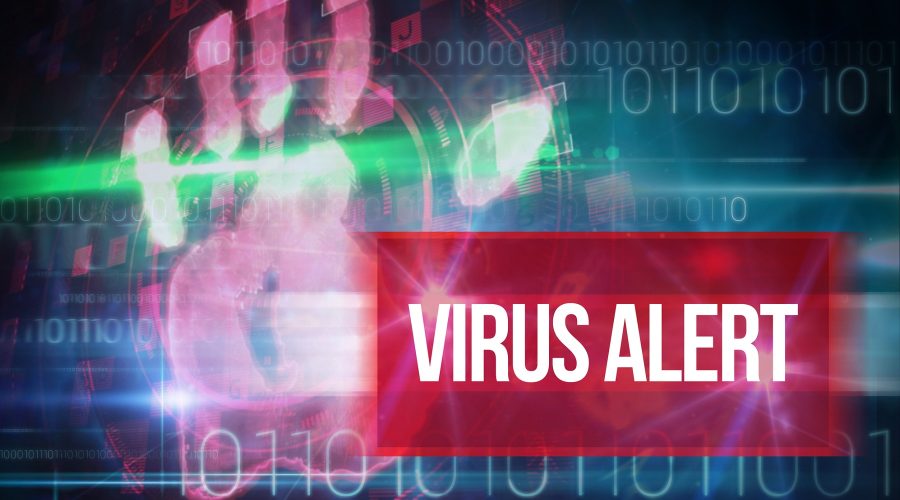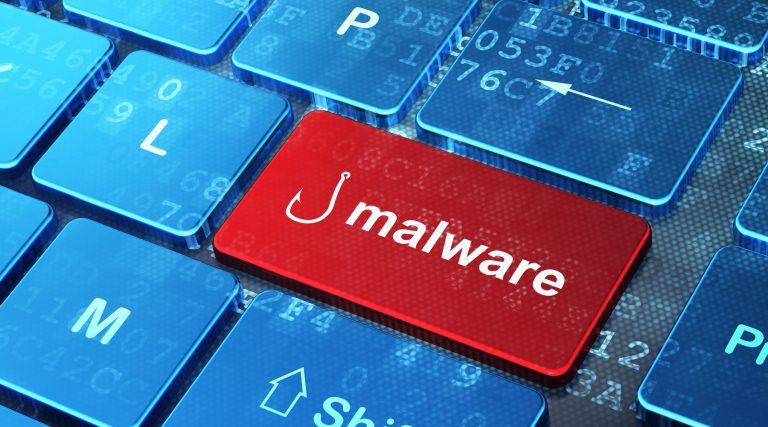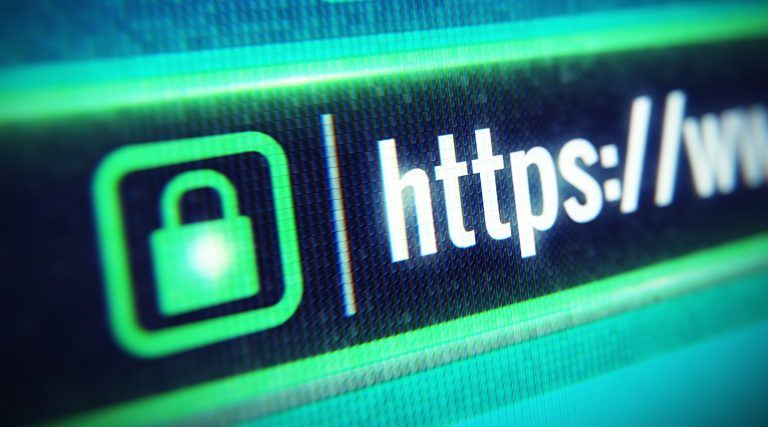Malware protection: common threats and five effective removal tools
How strong is your malware protection? Malicious software compares to any human disease. Our digital life is always exposed but chances can be minor with prevention. Malware has several mutations that affect computers and devices depending of the magnitude of each attack. 360,000 new Malware is detected every day. Although internet security companies work harder than ever to eradicate the most significant ones, users are essential to stop the spread of malicious software worldwide. The key? Information. Check out what malicious software is about, the most common types, and what to do to remove it from your system.

More than ever, the malware protection is a priority for companies and governments worldwide. According to Symantec Research, malware attacks based on ransomware increased 36% in 2016.
In the same year, hackers introduced 100 new malware families, and Cisco Cybersecurity 2017 Report found out that ransomware is growing at a yearly rate of 350%. These scary numbers put the global cost of malware attacks at $600 billion.
Malware detection
The costs of malware attacks are enormous. They include lost productivity, data destruction, expensive downtime, lost productivity and restoration of hostage data and systems to name a few.
To defend yourself from a cyber-attack, it is very important to distinguish the differences among the most common malware types. Take a look and start defining how strong your malware protection should be.
Recognize the enemy
- Virus: most users call a virus to any malware just because viruses are here since the internet was born. Basically, what a virus does is it infects sensitive files on your computer to damage the system. The contamination consists of a malicious code usually inserted in a .exe file. Once is executed, everything is done. Most users run an antivirus but sometimes this does not solve the problem unless you use a specific removal tool. This is the reason why thousands of computers worldwide are still infected, and hackers use them as zombies to produce large-scale attacks against corporations or governments.
- Adware: this is one of the most common malware over the internet. The malicious software deploys publicity without user consent. The advertising usually is shown as a pop-up window. Adware also includes unauthorized installation of toolbars in the browser.
- Backdoors: the objective of backdoors software is to create a network of infected or zombie computers to use them together to produce a large scale attack when the hacker decides so. Usually, the user doesn´t realize when the system has a backdoor.
- Botnet: this malware is associated with backdoors. A botnet works as a network of infected computers which are under the intruder´s control. As we mentioned, all the computers involved become a kind of zombies or robots ready to attack. A botnet is one of the most popular ways to produce cyberattacks.
- Worms: worms don´t need any host file to attack the system because they reproduce using channels such as e-mail or instant messaging platforms, P2P, USB units and social networks.
- Hijacker: If your browser sets a different homepage and you cannot restore it, it is most probably controlled by a Hijacker.
- Keylogger: a keylogger collects all the information typed on the keyboard. This way the intruder can get passwords and other sensitive information.
- Phishing: usually, phishing is used to commit frauds against bank users. Intruders steal confidential information by faking a trustable website.
- Rogue: this malware promotes itself as an antispyware, system optimizer or antivirus. When the user executes it, the software always gives back notification of some problem detection. The user is asked to pay the premium version to fix the problem and of course, this is a scam.
- Rootkit: this is probably the most sophisticated malware out there. The rootkit goes deeply into the OS and replaces the most critical system files with the malware files. If you try to remove them, the system can collapse because the essential system files are absent already.
- Trojan: a trojan hides into a non-suspicious application. When the program is running, the trojan starts doing several tasks against the system. Trojans are commonly used to install backdoors.
- Spyware: the spyware is in charge of collecting user data to sell it or distribute it to several companies to capture clients illegally. The spyware mostly focuses on illegal marketing.
- Ransomware: the intruder place a malicious code on the user´s computer to encrypt all the sensitive information. Then the hacker bribes the victim and asks for money to restore the stolen data. Ransomware became the most aggressive malware in recent years.
Malware protection through five removal tools
SuperAntiSpyware
This malware protection tool is handy when you want to scan files selectively (i.e., you have a suspicious zip file and want to check it before extracting the content). Even though the scanning must be performed manually and is not as fast as other tools, its granular control makes it an excellent choice to remove every trace efficiently.
“The average cost of a data breach will be up to $150 million by 2020 while cybercrime will cause losses over $2 trillion in 2020.” Juniper Research
Adware Antivirus Free
A great feature in this malware protection tool is the heuristic analysis. In other words, it is a virtual environment to analyze if a program behaves like malware. Also, you can scan files before any installation or unzipping.
This guarantees that you are always protected from new malware even if it’s not registered in the database of known threats. Adware Antivirus Free doesn´t create a conflict if you have another antivirus on your computer. You just need to disable real-time scanning.
Malwarebytes Anti-Malware
Besides its excellent malware protection performance (if you update it daily), one of the most remarkable characteristics of this removal tool is its high capacity to detect hijacking. Definitely a must in your malware protection kit.
The average amount demanded in a ransomware attack is $1,077 and 1 in 131 emails are affected by malware.
BitDefender Antivirus Free Edition
Just drag and drop any folder or suspicious file into BitDefender´s home screen to detect potential malware infection. Thanks to its unobtrusive Protection Shield, the antivirus is continuously checking for possible attacks together with a dedicated anti-malware engine.
Emsisoft Emergency Kit
This portable app allows you to take an emergency malware protection kit everywhere. You just need to store the app on a USB stick. The infected computer must be connected to the internet so the Emsisoft Emergency Kit can check for updates on new threats. Once the malware is detected, the tool takes it to quarantine and deletes it after a quick reboot.
“Cyber attacks are the biggest threat to the human race. A bigger threat than nuclear weapons”. Warren Buffett
As you can see, implementing malware protection is a responsibility not only for companies but for individuals in order to stop the spreading of malicious software all over the world. Consider using some of the given recommendations and start driving safe on the web.


